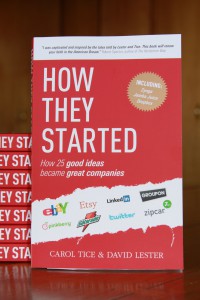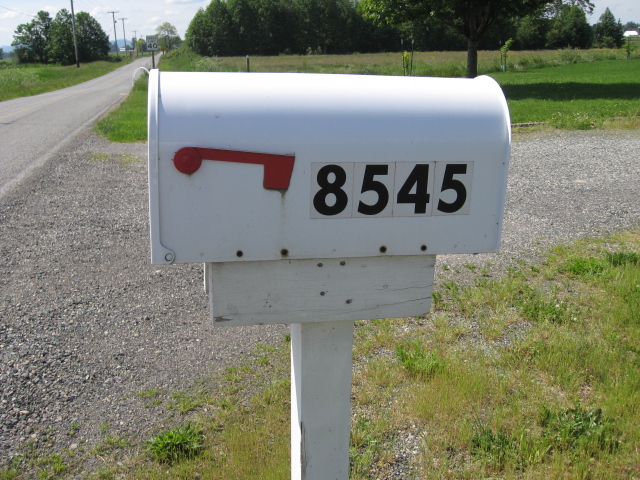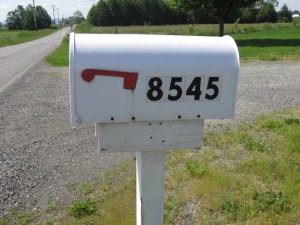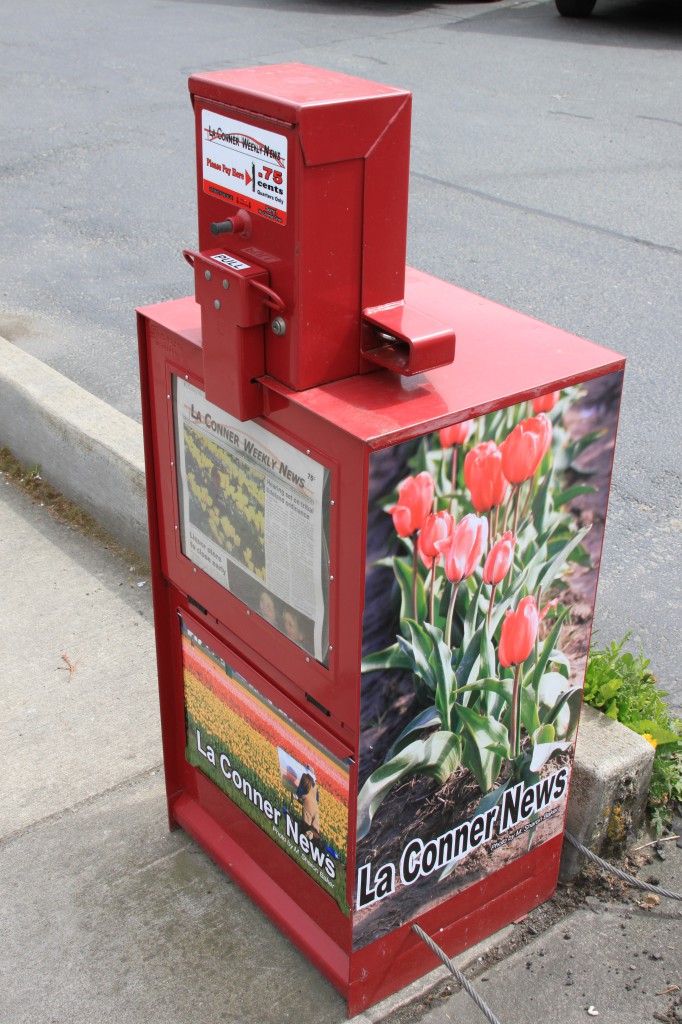Before Sending Press Releases to the Media, Do This
It’s not easy to earn the media’s trust.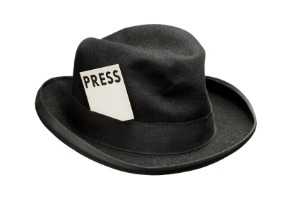
Especially not after incidents like the Ryan Holiday debacle – the guy who responded to Help A Reporter calls for sources but lied about his background and made everything up.
Reporters are naturally suspicious folks. You have to earn their trust and prove that you are worthy of a story.
Before sending out a press release – one that you hope to attract media attention – you need to get your website in order.
Create a Press Room
Reporters will visit your site and expect to find a press or newsroom, often also called a media room. On that page, front and center, you need to have contact information for whomever will handle your press calls.
Don’t have or direct the media to a contract form. They hate those.
Provide a contact choice of a phone and an email address, or social media contact – whatever will allow the reporter to contact you instantly. Don’t make them work too hard or they will go find another company that fits their bill.
After the contact information, include background on your company. How big is it? How many employees do you have? When was it founded? By Whom? What milestone have you hit or how has the company grown and changed over time?
Include information about the founders and executive team, providing downloadable photos of key personnel.
Then include links to your press releases. (Or put them on this page after you write them.)
And then links to any media attention – articles, videos, radio audio clips – so the reporter can see what others have said about you.
If you have other content you would like to share, provide it as well.
That content might include topics your CEO can talk about, speeches he or she has given and you’ve had transcribed, articles that your company has contributed to various trade magazines, etc.
Be sure to add a link to the company blog and links to the company’s social media pages.
Examples of Simple Press Rooms
Here are a few good examples of simple press rooms.
Each takes a slightly different approach, but all give you a good indication of the press they’ve received and most importantly who to contact.
Gail Harker Creative Studies Center Press Room
All of this information, housed in one place, helps the reporter know that you are aware you need to make their job easier when they write about you.
It provides information they can use for fact checking later on. It also provides information on your company before you send out press releases; reporters look for companies that fit various profiles and do research your company just like customers do.
What other elements have you put on your press or media room web site pages?



